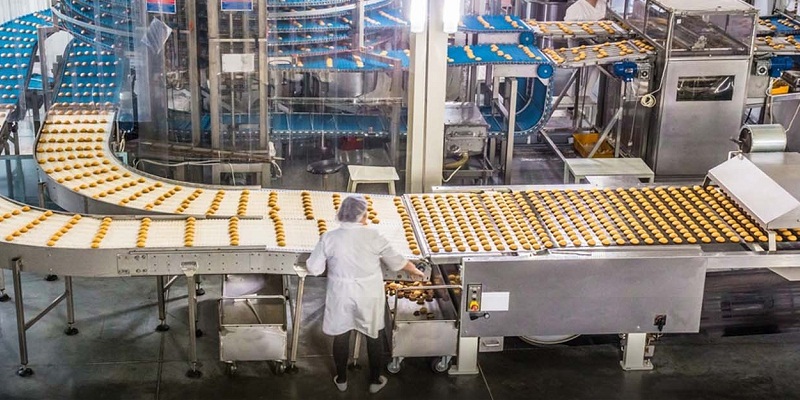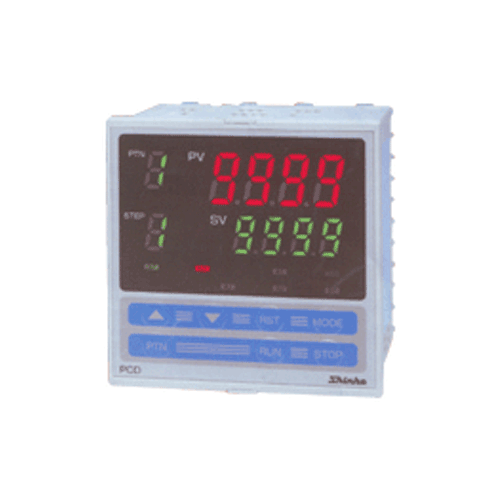Schedule a Call Back
Food processing labour shortages drive packaging automation
 Articles
Articles- Apr 07,23

Related Stories

India’s demand for high-precision machine tools is rising: K Balasubramaniam
In this interaction with Rakesh Rao, K Balasubramaniam, Founder, Tsugami Precision India, he discusses the evolving machine tools landscape and the company’s role in shaping India’s manufacturin..
Read more
Honeywell to Support UK’s Landmark NZT Power and NEP CCS Projects
Honeywell’s Integrated Control and Safety Systems (ICSS) will deliver a unified automation architecture that combines process control and safety functions for both projects.
Read more
US Semiconductor Policy Shift Threatens Motion Control Market Momentum
Manufacturers now weigh financial incentives against political involvement, softening the long-term outlook for US semiconductor expansion.
Read moreRelated Products

Programmable Controllers - Pcd-33a Series
Pro-Med Instruments (P) Ltd offers a wide range of programmable controllers - PCD-33A Series.

Gasket Graphite Powder
Arihant Packing & Gasket Company offers a wide range of gasket graphite powder.
Asahi Kasei expands 3D printing filament sales in North America
Asahi Kasei, a leading resin and compounding technology provider, has initiated the sales of 3D printing (3DP) filaments in North America through Asahi Kasei Plastics North America (APNA). The soft la Read more














